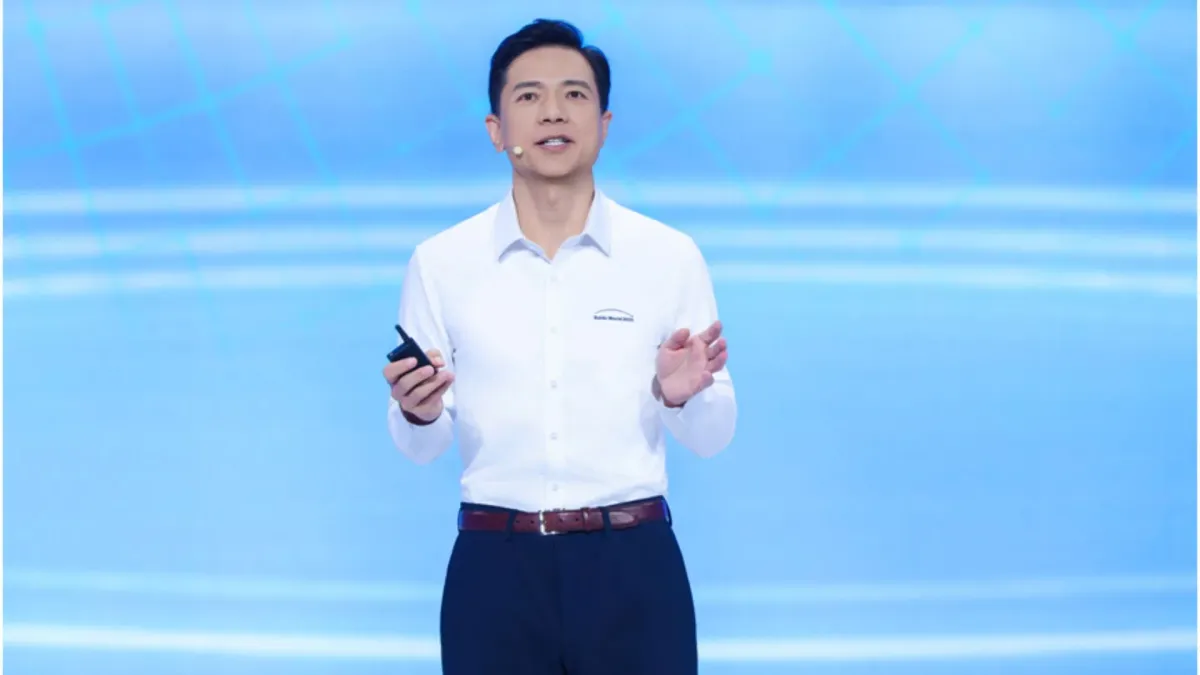Baidu’s flagship AI model series reached its latest milestone this week with the unveiling of ERNIE 5.0 during the Baidu World 2025 conference in Beijing. The model is described by the company as “natively omni-modal,” capable of processing and generating across text, images, audio and video.
According to Baidu, ERNIE 5.0 comprises about 2.4 trillion parameters, a scale that places it among the largest foundation models publicly announced. The company asserts that it demonstrated strong performance in reasoning, memory, persuasive content generation and complex visual-language tasks.
The announcement also came alongside the launch of Baidu’s new Kunlun M100 and M300 chips, signalling a broader push into AI infrastructure.
Here comes ERNIE 5.0 — our latest natively omni-modal foundational model.
— Baidu Inc. (@Baidu_Inc) November 13, 2025
It excels in omni-modal understanding, creative writing, instruction following, and more.
We will continue investing in and developing more cutting-edge models to push the boundaries of intelligence. pic.twitter.com/S3L1Tlre2n
Why The Upgrade Matters Now
The shift to ERNIE 5.0 reflects Baidu’s response to an evolving AI competitive landscape, both domestically and globally. Multimodal capability is increasingly seen as the next frontier: models must understand more than just text if they are to power real-world enterprise systems and applications.
Baidu’s emphasis on unified modeling across formats is aligned with this trend. With ERNIE 5.0, Baidu is aiming to close the gap with western and global players, offering a Chinese-built model that claims comparable performance to systems such as those from OpenAI and Google.
The timing also reflects rising national importance of AI infrastructure in China’s strategy for technological self-reliance.
What To Watch Next
Several factors will determine the impact of ERNIE 5.0. First: adoption and real-world use. Building a large model is one thing; sustaining deployment in production is another. How quickly enterprises and developers integrate ERNIE 5.0 into tools and workflows will matter.
Second: performance across domains. Benchmarks are one measure, but how well the model handles varied and emergent challenges, from video analysis to multi-agent collaboration to audio-based commands, will be the test.
Third: infrastructure and cost. A model with 2.4 trillion parameters suggests heavy compute demands. If Baidu’s new chips and data-centre build-out are effective, the company may gain efficiency and scale advantages.
Finally: openness and ecosystem. Some of Baidu’s prior models (like ERNIE 4.5) were released under more open-source terms. How open or proprietary ERNIE 5.0 will be, and how that affects developer access and innovation, remains to be seen.
Baidu’s ERNIE 5.0 launch sends a clear message: the company aims to play at the very front of AI infrastructure globally, not just within China. Whether that ambition turns into real-world deployment and value will be one of the most watched developments in the coming months.






